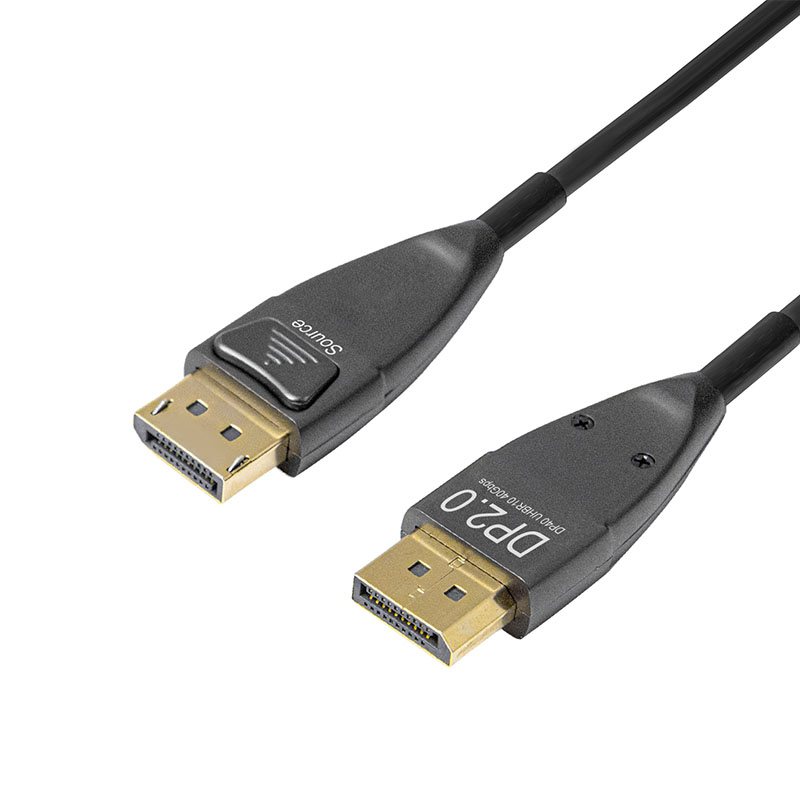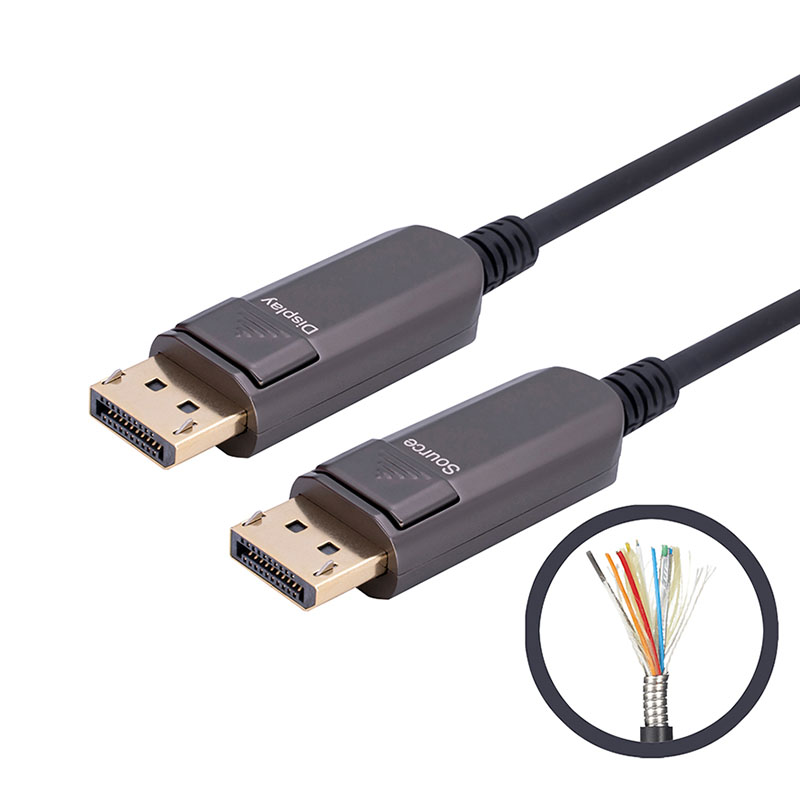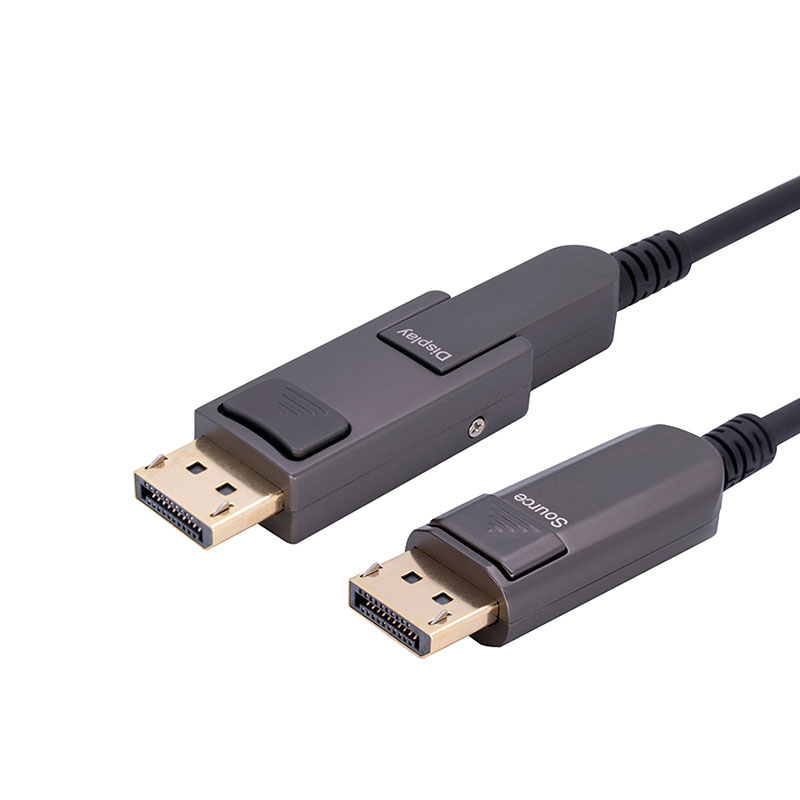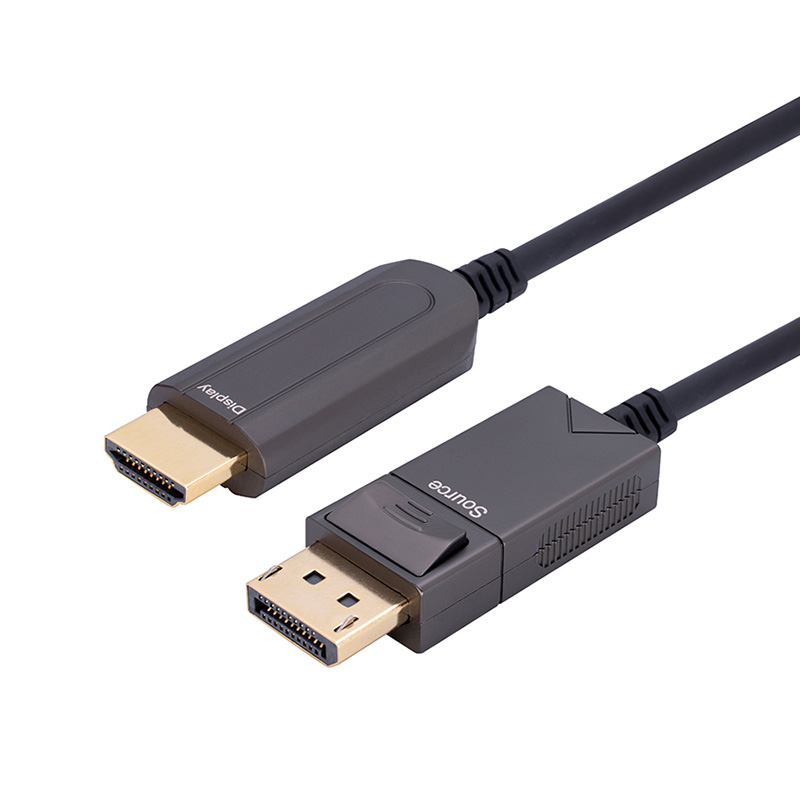Custom DisplayPort Cable
Our DisplayPort cable was created as an advanced successor to VGA, LVDS, and DVI, offering high resolution and high refresh rates. However, the unique selling point of Elike’s DisplayPort is its ability to transmit audio and video over a single cable for long distances.
- Home
- DisplayPort Cables
DisplayPort Cables Tailored to Every Situation
Elike DisplayPort cables are versatile, connecting IT devices or Electronics to DisplayPort monitors, which support high resolutions and multi-streaming.
Fit to Any Need
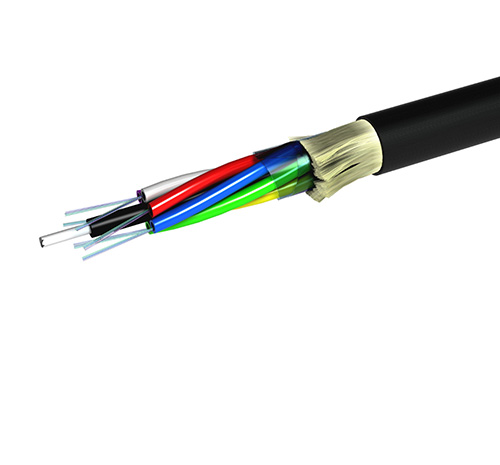
Pure Fiber

Armored
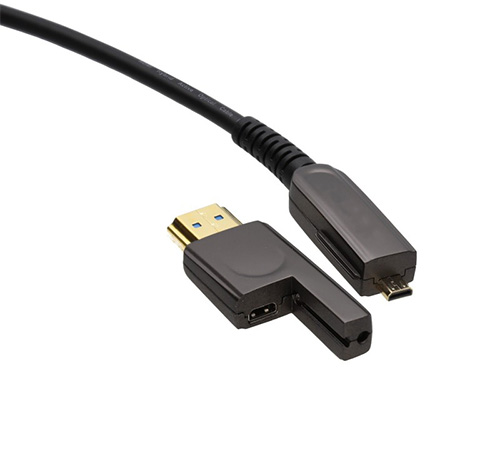
Detachable
Fiber Optic DisplayPort Cable
Displayport Converted Cable
How to Choosing the Right DisplayPort Cable
High-quality Audio-Visual Transmission
Higher bandwidths allow for better refresh rates, resolution, color depth, optimum picture and audio quality, and even multi-monitor setups. Moreover, the ability of DisplayPort cables to transmit audio and video together helps eliminate the need for two cables.
Enhanced Refresh Rates and Resolutions
High refresh rates are crucial for smooth video playback, especially in high resolution. Therefore, Elike DisplayPort cables are equipped to handle refresh rates of 144Hz and beyond, giving a blur-free video experience.
Compatibility With Various Devices
Elike DisplayPort cables are available in different connectors, including USB Type-C with DisplayPort Alt Mode, the standard DisplayPort, and Mini DisplayPort, increasing its versatility by making it compatible with various devices, including laptops, projectors, and monitors.
Future-Proof Technology For Long-Term Use
The maintenance of the DisplayPort standard ensures that the cables are compatible with older to newer source and output devices. You can use a new DisplayPort cable with older monitor versions, avoiding hardware replacements.

Types Of DisplayPort Connectors
DisplayPort cables come in three types of connectors:
Standard DisplayPort:
This is the most commonly used type with over 20 pins arranged in an L-shape connector.
Mini DisplayPort:
Typically used for PCs and laptops, but sometimes requires an adapter to connect to full-sized DisplayPort outlets.
USB Type-C with DisplayPort Alt Mode:
This newer type of DisplayPort cable uses a USB-C connection, allowing it to be used with devices that support DisplayPort but lack the traditional outlet. It can transmit both the signal and system power through the same cable, along with USB data.
DisplayPort Cable vs. HDMI Cable
DisplayPort and HDMI are both prominent data transmission technologies, but the choice depends on specific requirements.
Use:
DisplayPort cables are favored in professional settings with high-performance monitors, while HDMI cables are common in personal use, including gaming consoles, home theaters, and TVs.
Technology:
DisplayPort cables provide higher bandwidth, support up to 8K resolution, have high refresh rates, and offer multi-stream transport. They feature adaptive sync and an L-shaped connector with 20+ pins.
Compatibility:
While DisplayPort cables are commonly compatible with monitors, computers, and in industrial settings, HDMI ports are more commonly found in laptops, PCs, gaming consoles, and home theatres.
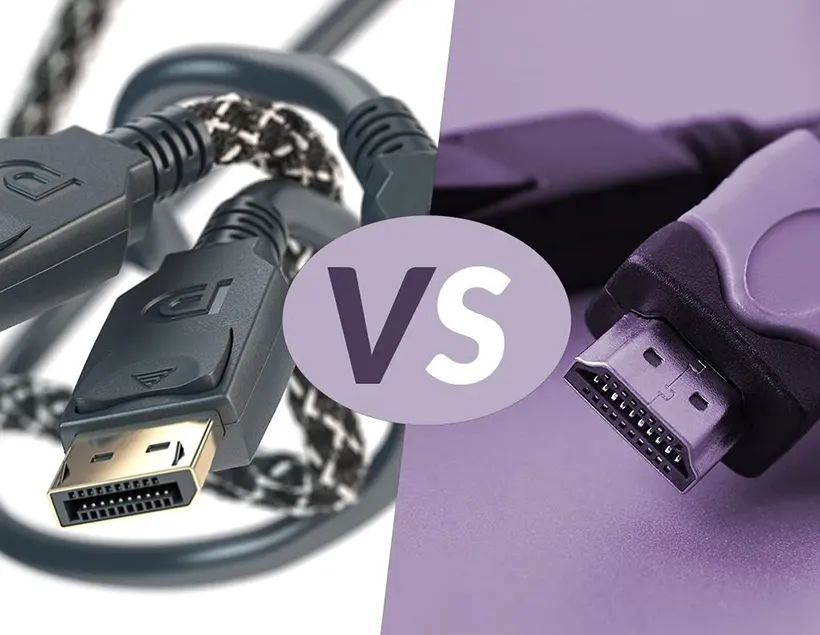

Applications Of DisplayPort Cables
Professional Gaming:
Gamers require high-performance graphic cards, 4K resolution monitors, and fast file transfers to avoid video lag. To achieve this, choose DisplayPort cables with HBR3 or higher, preferably DisplayPort 1.4 or higher, and consider those with G-sync technology.
Graphic Designing
Graphic designers prefer DisplayPort cables for fast data transmission. Content creators seek high color depth and gamut, which DisplayPort 2.0 with 24-color support provides.
Office And Productivity:
In office setups with multiple systems, opt for DisplayPort 1.4 or higher to support multi-monitor displays. Consider cables with a locking system to prevent accidental unplugging.
Home Entertainment:
You can use DisplayPort cables for home theatre systems. Choose a cable that supports ARC and has high-resolution transmittance.
How To Optimize DisplayPort Cable Performance
Handle DisplayPort cables with care to maximize their lifespan and boost performance:
Proper Cable Connection And Alignment
Align and securely connect DisplayPort cables without using excessive force to avoid damaging the pins. Use compatible cables to prevent damage to both the cable and devices when working with older versions.
Adjust Display Settings
Update your monitor’s display settings based on the input device and the DisplayPort cable used. This ensures optimal video and audio quality, resulting in high-quality performance.
Update Device Drivers
Use a high-resolution graphics card and keep device drivers up to date to ensure compatibility with DisplayPort cables. This prevents issues caused by lower-grade GPUs or slow transmission speeds.


